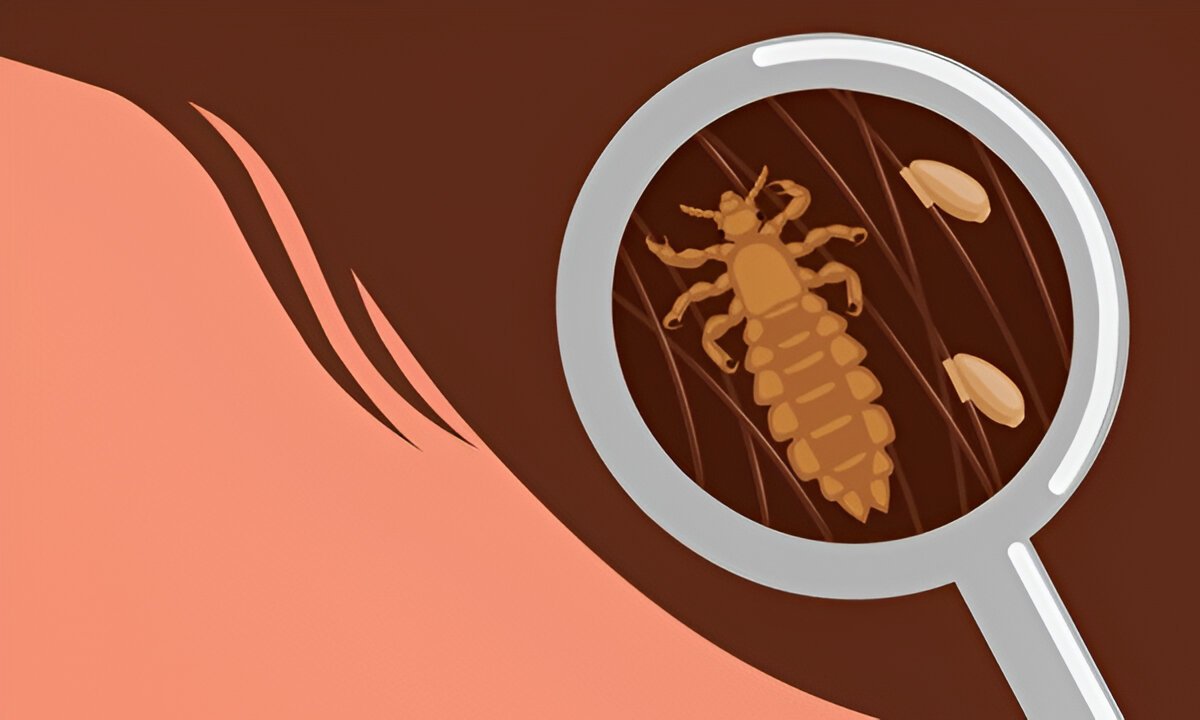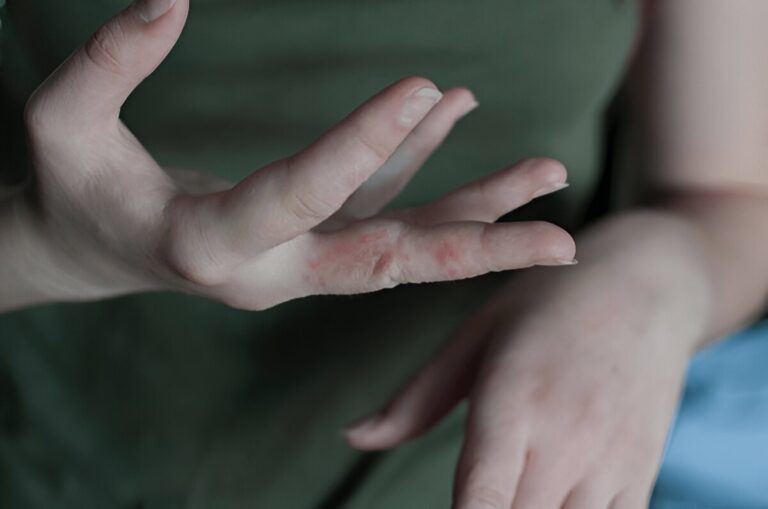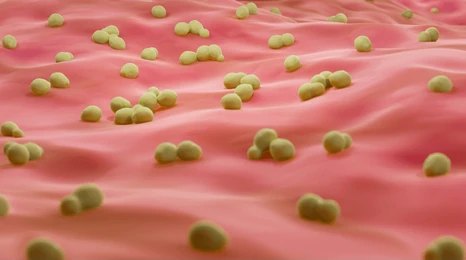Head lice are a real nuisance, especially for the parents of children who attend school. These tiny, wingless insects live on the human blood and can cause itching, irritation, and discomfort. Though it may be annoying to imagine getting head lice, there are natural remedies that could actually work quite well in managing and eliminating these little critters. In this article, different natural methods of treating head lice will be discussed, including essential oils, vinegar, herbs or herbal remedies, and homemade treatments, along with prevention techniques to keep lice away.
Understanding Head Lice
The scientific name for head lice is Pediculus humanus capitis. These very small-wingless animals make their lives by feeding on the scalp of man. They are mostly found in children but might get on to anybody’s head, transmitted mainly by direct head-to-head contact, which is how schools and daycare perceive infestations. Contrary to popular belief, head lice do not actually carry diseases; their mere presence can cause considerable discomfort and itching, further leading to secondary infection due to scratching.
Lice are hard to see because they are tiny, measuring the same size as a sesame seed, and they can hide in hair. The eggs or nits are even tinier than that and oftentimes mistaken for dandruff. Identifying the signs of an infestation early will avoid its spreading. Bug bite signs typically involve scratching due to its itchiness and sometimes the sensation of something crawling.
The Limitations of Chemical Treatments
Chemical lice treatments might work quickly, but they come with certain issues. Many over-the-counter (OTC) products use strong insecticides to kill lice, which can be risky. These chemicals might irritate the skin, cause allergic reactions, or even lead to breathing problems, particularly in young kids. With regular use, lice can become resistant, making these treatments less effective.
Using chemical treatments involves multiple steps. You often have to apply them several times and spend a lot of effort combing to remove all lice and their eggs. This process can be very time-consuming and exhausting. Parents may feel trapped in a cycle of constant treatment, leaving them worn out and stressed. Due to these challenges, many people are turning to natural remedies. These options are seen as safer and gentler, effectively killing lice while avoiding the potential side effects of chemical treatments.
Essential Oils as Natural Remedies
Essential oils have gained popularity recently as natural remedies for various ailments, including head lice. Certain essential oils possess insecticidal properties that can help eliminate lice and nits. For instance, tea tree oil is one of the most well-known essential oils for this purpose. Its natural insecticide properties not only help kill lice but also soothe the scalp and reduce itching. To use tea tree oil, it can be mixed with a carrier oil, such as coconut oil or olive oil, and applied directly to the scalp. After letting it sit for a few hours, the mixture can be washed out, followed by thorough combing to remove any dead lice and nits.
Another essential oil that has shown promise is lavender oil. Known for its calming scent, lavender oil also has insect-repelling properties. It can be used similarly to tea tree oil, either on its own or blended with a carrier oil. Peppermint oil is another option, as its strong scent can deter lice and provide a refreshing feel to the scalp. When using essential oils, it’s crucial to perform a patch test first to ensure there are no adverse reactions, especially in children.
Containing essential oils into a lice treatment regimen can be a pleasant and effective way to address an infestation while avoiding harsh chemicals. However, it’s important to remember that while these oils can assist in reducing lice populations, they may not eliminate them without the combination of thorough combing and other methods.
Vinegar and Its Efficacy
Vinegar, particularly apple cider vinegar, has long been touted as a natural remedy for various household issues, including head lice. The acetic acid in vinegar is believed to help dissolve the glue that holds nits to the hair shafts, making it easier to remove them during combing. Additionally, vinegar has antimicrobial properties, which can help reduce the risk of secondary infections caused by scratching.
To use vinegar as a lice treatment, it can be diluted with water and applied to the scalp. After allowing it to sit for a while, the hair can be combed through with a fine-toothed lice comb to remove both lice and nits. While vinegar may not kill adult lice, it can be an effective adjunct to other treatments, especially when combined with essential oils or other natural remedies.
It’s important to note that the smell of vinegar can be quite strong, which may not appeal to everyone. However, many find that the benefits outweigh the temporary odor. Regular application of vinegar can also serve as a preventive measure, as it may help deter lice from taking up residence in the first place.
Herbal Remedies
Several herbs are recognized for their potential effectiveness against head lice. Neem oil, derived from the seeds of the neem tree, is one such remedy. Its natural insecticidal properties make it a powerful ally in the battle against lice. Neem oil can be diluted with a carrier oil and massaged into the scalp, allowing it to penetrate the hair follicles and disrupt the life cycle of the lice. It can also help soothe irritated skin and reduce inflammation.
Another herbal remedy worth considering is rosemary. This aromatic herb is known for its ability to repel insects, including lice. Rosemary oil can be mixed with a carrier oil and applied to the scalp, providing both a pleasant scent and potential lice-fighting properties. Additionally, using rosemary-infused shampoo may offer a dual benefit of cleansing the scalp while helping to prevent lice infestations.
Lavender, as previously mentioned, is not only an essential oil but also a herb that can be used in various forms. Dried lavender flowers can be infused into hair rinses or used in sachets placed near the hair to deter lice. Combining these herbs with other natural treatments can create a comprehensive approach to lice management.
Home Remedies: DIY Treatments
For those who prefer a hands-on approach, there are several DIY treatments that can be made at home to combat head lice. One popular method involves creating a coconut oil and essential oil mixture. Coconut oil is known for its ability to suffocate lice, while essential oils like tea tree or lavender can enhance its effectiveness. Simply mix a few tablespoons of coconut oil with a few drops of your chosen essential oil, apply it to the scalp, and leave it on for several hours before rinsing and combing.
Another DIY treatment involves using a mayonnaise or petroleum jelly application. These thick substances can help suffocate lice by blocking their breathing holes. Applying a generous amount to the scalp and covering it with a shower cap for several hours can create an environment that is inhospitable for lice. Afterward, thorough combing is essential to remove any dead lice and nits.
A simple mixture of warm water and salt can also be used as a rinse. Salt has natural dehydrating properties that can help kill lice when applied to the scalp. This mixture can be sprayed onto the hair and left for a few hours before rinsing and combing. While these DIY treatments may take some time and effort, they can be effective and provide peace of mind for those looking to avoid harsh chemicals.
Prevention Tips
Preventing head lice is just as important as treating an infestation. There are several practical steps that can be taken to minimize the risk of lice returning or spreading. First and foremost, promoting good hygiene is essential. Regularly washing hair and keeping it clean can help deter lice. Additionally, teaching children to avoid head-to-head contact during playtime can significantly reduce the chances of transmission.
Another effective prevention strategy is to avoid sharing personal items, such as hats, hairbrushes, and hair accessories. Lice can easily transfer from one person to another through these shared items, so it’s best to keep personal belongings separate. Regularly checking the hair and scalp for signs of lice can also help catch an infestation early, allowing for prompt treatment.
In schools and daycare settings, it may be beneficial to encourage regular head checks and provide education on lice prevention. Educating parents and children about lice and how they spread can foster a community approach to keeping lice at bay. By being proactive and implementing these prevention tips, individuals can significantly reduce the likelihood of dealing with head lice in the future.
Conclusion
Dealing with head lice can be a stressful experience, but it’s important to remember that there are effective natural remedies available that can help manage and eliminate these pests. From essential oils to vinegar, herbal remedies, and DIY treatments, individuals have a variety of options to choose from. While chemical treatments may offer quick solutions, they often come with risks that can be avoided by opting for natural alternatives.
Incorporating these remedies into a comprehensive approach that includes thorough combing and preventive measures can lead to successful outcomes in battling head lice. With a little patience and persistence, those dealing with head lice can find relief and regain peace of mind. Ultimately, understanding head lice, their behavior, and effective natural treatments can empower individuals to take control of their lice situation and promote a lice-free environment for themselves and their families.




Leave a Comment